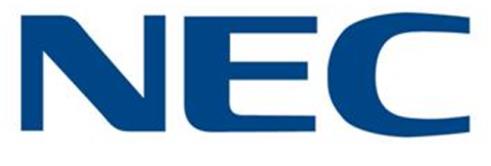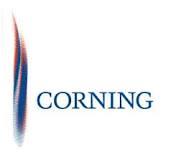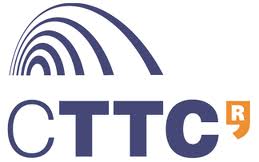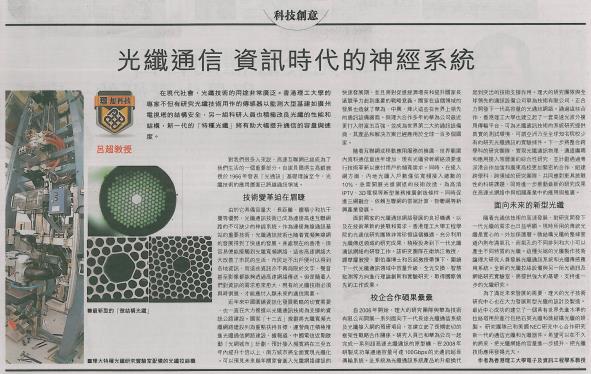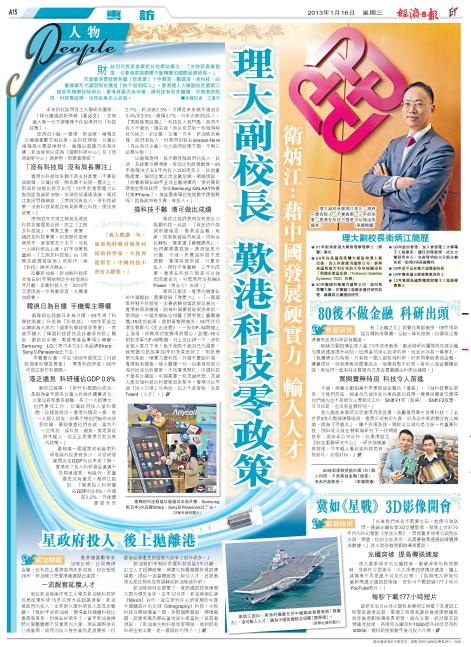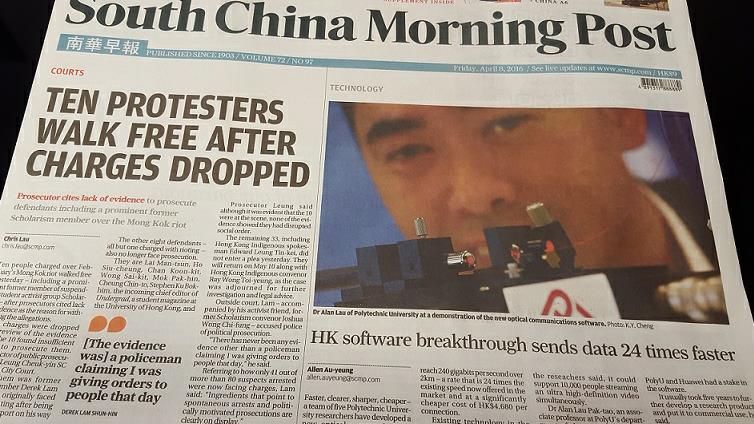

Optical Communications and Networking
The Hong Kong Polytechnic University
Photonics Research Center, The Hong Kong Polytechnic University, Hung Hom, Kowloon, Hong Kong
Publicity / Media Coverage
- News coverage about our collaboration work with Huawei Technologies Company in numerous HK newspapers, Nov. 1, 2012
Funding Sources
Our research would not be possible without the generous financial support from the following bodies/agencies/corporations:
Government Agencies:
- “Signal Design, Detection and Channel Characterizations for Coherent Fiber-optic Communication Systems Using Higher Spectral Efficiency Modulation Formats,” Research Granting Council (RGC) General Research Funds (GRF), 2010-2013. (HKD 641,000)
- “Optical Performance Monitoring for Next Generation Fiber-optic Communication Networks Using Statistical Signal Processing and DSP-based Receivers,” Research Granting Council (RGC) General Research Funds (GRF), 2011-2013. (HKD 641,000)
- "Design and characterization of next generation fibers for fiber-optic communication systems," Research Granting Council (RGC) General Research Funds (GRF), 2012-2014. (HKD 741,750)
- “无线相干光通信中智能接收技术研究,”中国国家自然科学基金 (as co-investigator with Prof. L.H. Cheng of Jinan University), 2010-2013. (RMB 220,000)
PolyU:
- “Optical Signal-to-Noise Ratio Monitoring Techniques for Fiber-Optic Communication Systems in Presence of Polarization-Mode Dispersion,” Start-up grant, Department of Electrical Engineering, HKPolyU, 2008. (HKD 500,000)
- “Optical Singal-to-Noise Ratio Monitoring Techniques for fiber-optic communication systems in presence of polarization-mode dispersion,” Competitive Research Grants for Newly Recruited Junior Academic Staff, HKPolyU, 2008-2009. (HKD 150,000)
- “Electronic Digital Signal Processing Techniques for Performance Monitoring in Next Generation Fibre-optic Communication Networks,” Internal Competitive Research Grants , Department of Electrical Engineering, HKPolyU,2008-2009. (HKD 126,000)
- “Joint Parameters Monitoring for Next Generation Fiber-optic Communication Networks Using Amplifier Noise De-convolution,” Internal Competitive Research Grants , Department of Electrical Engineering, HKPolyU,2009-2010. (HKD 126,000)
Industry Collaboration Projects:
- “Optical Layer Technology for WDM Networks” with Huawei Technologies, 2010-2012. Co-investigator with Prof. C. Lu, Prof. H.Y. Tam and Prof. P.K.A. Wai.
- “Next Generation fibers for future long-haul optical transmission systems,” with NEC Labs America, 2011. Co-investigator with Prof. H.Y. Tam and Prof. C. Lu and Prof. P.K.A. Wai
- "High-speed Visible light commnications for new consumer applications" with CTTC-HK, 2013. Co-investigator with Prof. C. Lu

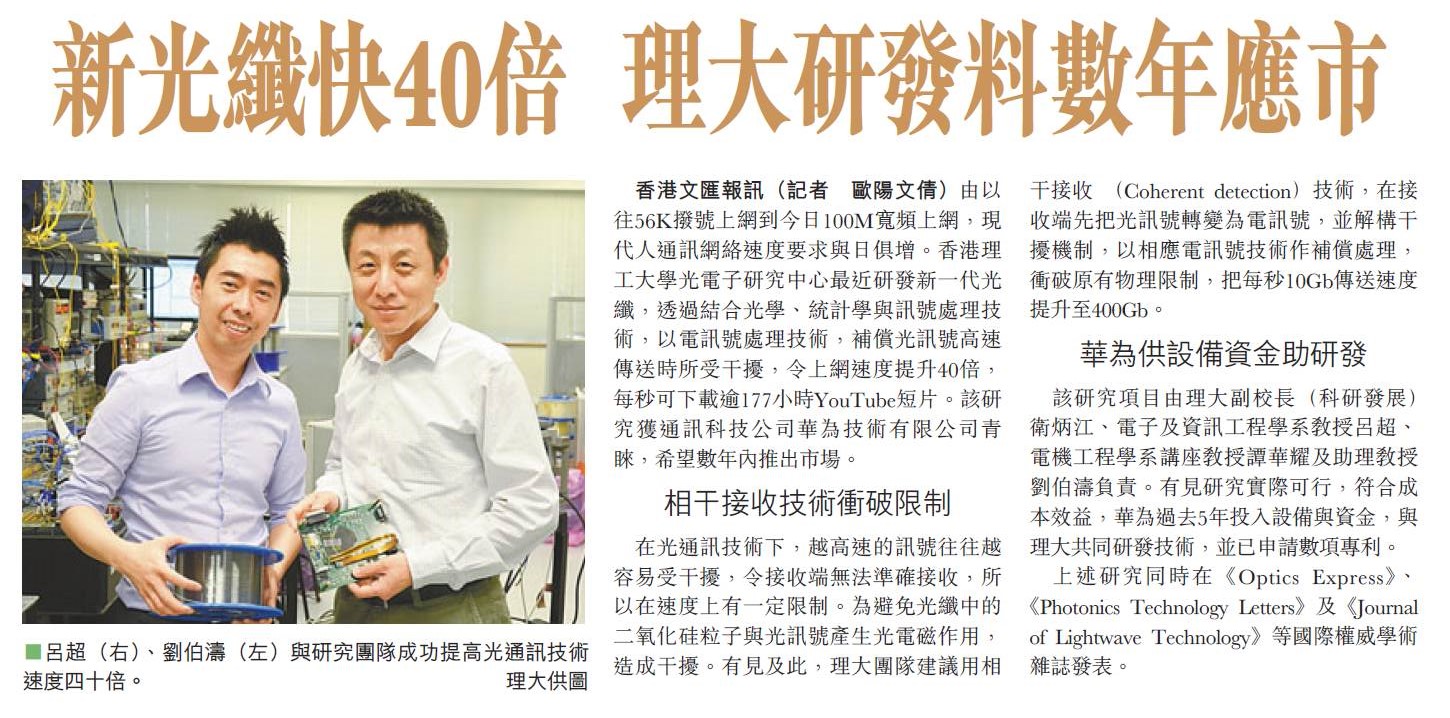
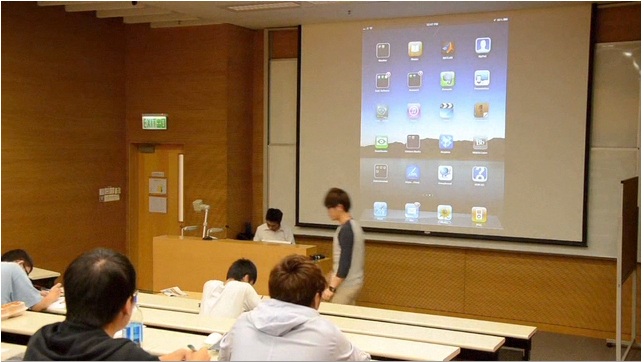
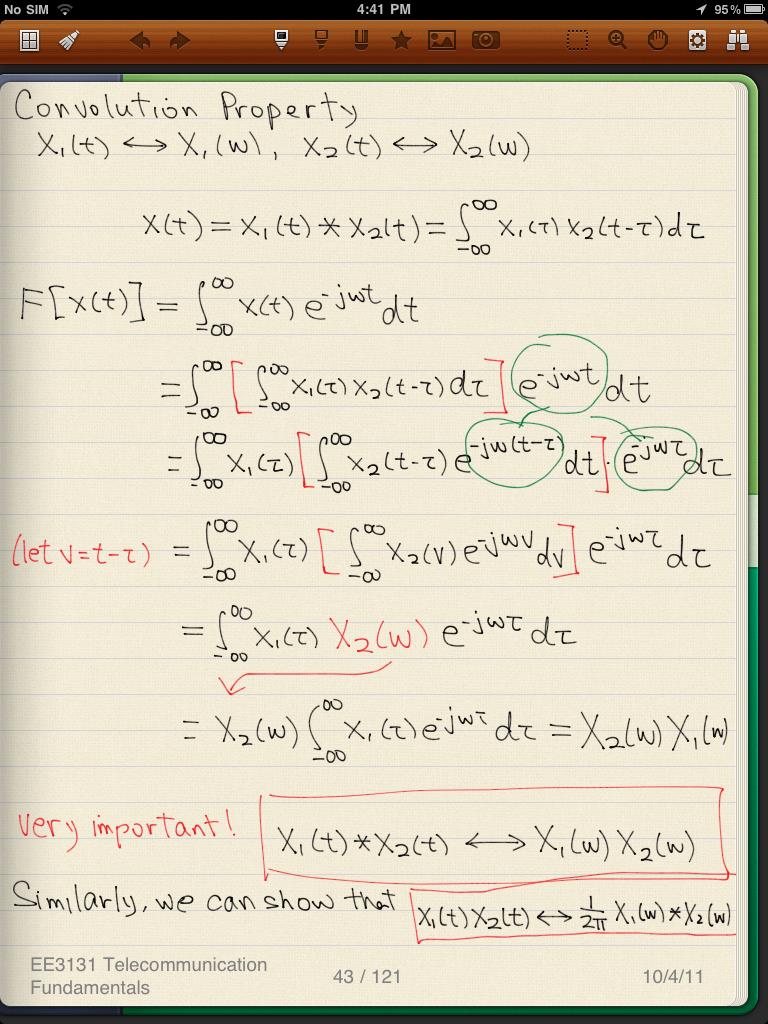
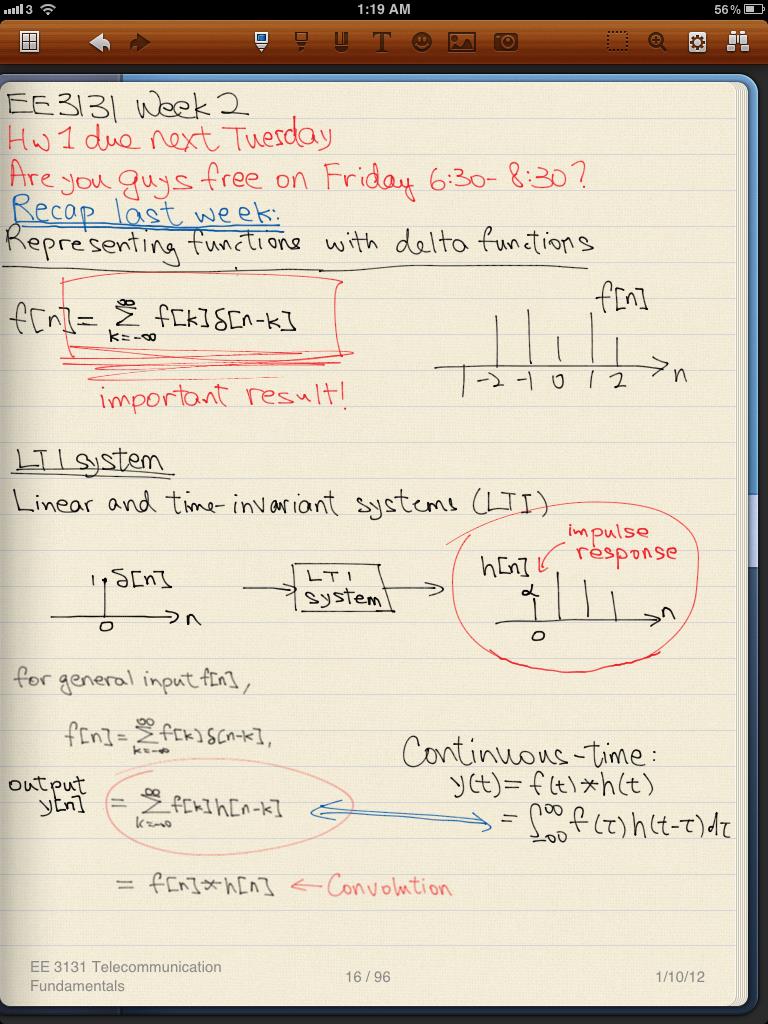
Teaching Duties
- EE 3131 Telecommunication Fundamentals
- EE 3801 Telecommunication Fundamentals
- EE 2511 Circuits and Linear Systems
- EE 551 Principles of Photonics and Optical Systems
- EE 501 Alternative Energy Methods
- EE 4261 Fiber-Optics
- EIE 6100 Research Methodologies
Research in Education
I research on faster and better communication technologies to improve our way of living and shape our future. Therefore, I believe that people in our profession should also be strong advocates and be live demonstrators of how new communication technologies can be integrated in our work and daily lives. If we ourselves dont' embrace new technologies, how can we justify our own research?
With the increaseing popularity and dominance of iPad2 and other tablet devices, I tried to use a note-taking app called Noteshelf as well as a stylus pen and standard computerized projection facilities available at most classrooms as shown in the following figure. I implemented this pedagogical approach for multiple runs of the course “EE3131/EE3801 - Telecommunication Fundamentals”. In this case, the lecturer can project what he/she ‘wrote’ on the iPad in real-time and in a way re-create the scenario of traditional blackboard-style writing. This is especially suitable for a subject with heavy mathematical derivations in which the sequential relationships between the concepts are the very emphasis of the course. In addition, the proposed approach enhances traditional blackboard-style pedagogy by enabling electronic storage and access of such ‘hand written notes’ during class. Consequently, students basically have access to everything the lecturer wrote in class from the first lecture to the end of semester and students can avoid being occupied with copying down notes and can focus on digesting the course materials during class.
Displaying the real-time iPad2 screen shot in class through a VGA adapter and standard projection facilities available in most computerized classrooms. In this case, the lecturer can ‘write’ on the iPad and the screen shot is immediately displayed through the projector, essentially re-create and enhance the traditional blackboard-style lecturing.
The enhancement in learning experience is apparent as more students ask follow-up questions rather than simply requesting to repeat the materials presented. Furthermore, certain students did print out the ‘hand-written notes’ in full color together with regular notes for midterm and exam revisions. Even though the hand-written notes and the regular notes contain essentially identical materials, students reported that they tend to find the concepts more interesting and easier to digest and memorize through the hand-written notes.
Besides enhancement in learning experience, the proposed pedagogical approach using iPad and the note-taking app Noteshelf also benefit the instructor. Typically, a particular classroom is continuously occupied class after class with no break in between. It is very common that the instructor in the previous class may overrun his/her lecture and less time is available for the next lecturer. With this proposed approach, one can prepare a whole-page worth (or more) of materials including weekly course logistics announcements and recap of previous week materials anywhere and anytime before class. An example of such ‘first page of this week’s class’ is shown below. The page is projected on the screen immediately when the classroom is available and therefore significantly alleviates the problem of lecture time shortage. In addition, the proposed pedagogical technique using iPad does not require students having a mobile device as well. This is an important advantage since implementing such scheme does not requiring much financial and administrative overhead.
(a) (b)
(a) Sample screen shots for lengthy mathematical derivations; (b) first page of class containing weekly course logistics announcements and recap of previous week materials that the lecturer can prepare before class.
Finally, my use of iPad in teaching math-heavy subject also leads to a research publication in the IEEE International Conference on Teaching, Assessment and Learning in Engineering (TALE 2012) and I am invited to share my experience with colleagues in our Educational Development Center (EDC), Department of Applied Mathematics (AMA) and also Apple HK. It is the hope of EDC and myself that we can build a critical mass in PolyU in embracing and advocating the use of state-of-the-art technologies in our teaching. Once the critical mass is established, we aspire to conduct more formalized education research on mobile learning for the true benefit of students at PolyU.
Research Publications in Engineering Education
• A.P.T. Lau and S.L. Ho, “Using iPad2 with note-taking apps to enhance traditional blackboard-style pedagogy for
mathematics-heavy subjects: A case study” in Proceedings of the IEEE International Conference on Teaching, Assessment
and Learning for Engineering 2012 (TALE 2012), paper H3C-2, Hong Kong, Aug. 20-23, 2012

